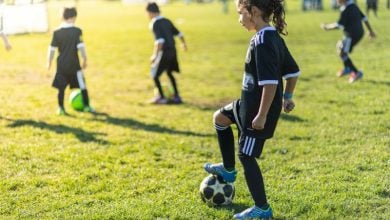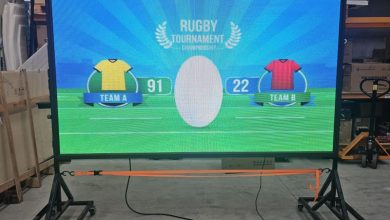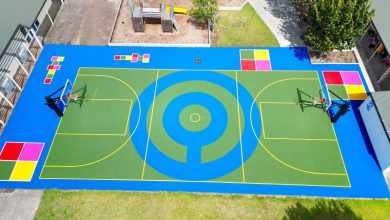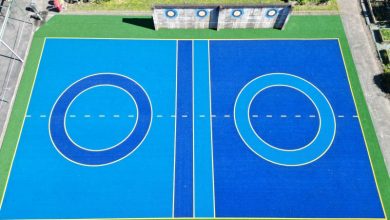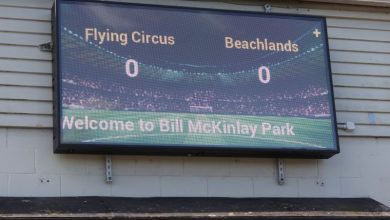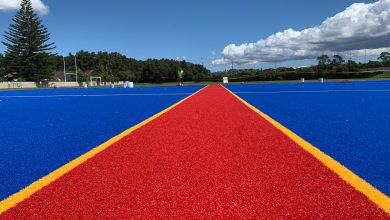Choosing the right floor for your school gym
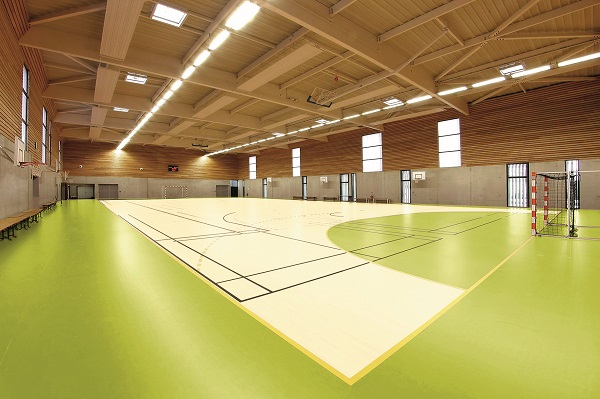
Sport is a huge part of school life, and it is widely accepted that participation in school sport contributes to students’ physical and emotional well-being as well as their academic success.
Having indoor spaces available for sport is therefore a big bonus to schools as physical education (PE) programmes can continue whatever the weather.
The choice of flooring used in sports spaces will further impact the success of the school’s PE programme, and a variety of factors need to be considered here before a call is made. The most important question schools should be asking is whether the floor is fit for purpose, advises Glenn Richardson from sports floor manufacturer, Polyflor. “Is it durable, can it be cleaned easily and what is the shock absorption, ball rebound, sliding coefficient of friction (slippery or not) and static charge,” he says.
Consider also whether the floor can be painted (for court lines), is easy to clean and is environmentally sustainable, advises Shaun Clark from Hardwood Technology. “Many schools are requesting that installation meets Green Star (environmental best practice) standards.”
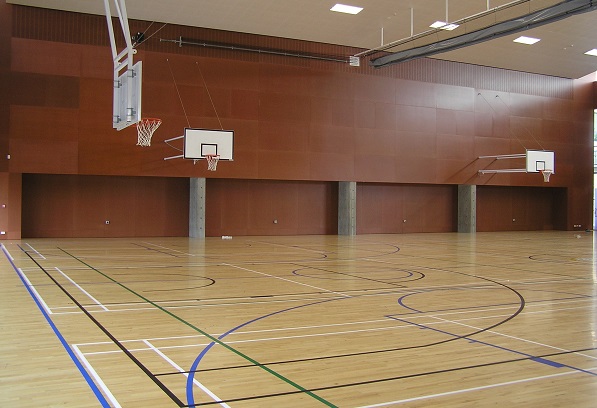
Who will be using the floor? There is a big difference in requirements for a primary school hall floor than for a high school gymnasium, says Mr Clark. “The best way to start is for school staff to talk with flooring experts about how the floor will be used. This works much better than installation being arranged by an accountant or an outsider who is not in tune with the end user.”
Remember too the community groups who hire the facility after hours. Some schools hire out their gyms to sports groups and the income from this can be used to offset the cost of installing a high quality floor.
Safety
While thought needs to be given to the safety standard of the flooring types, the right fit for your school will depend on its proposed use and the age of students. At Hardwood, suppliers of sports floors in New Zealand and Australia, Mr Clark says a rubberised type floor works well for younger children as the elastic nature of the floor helps to protect their joints. “Elite athletes (netball and basketball) will demand an A4 area elastic sports floor system as it gives enhanced performance, greater shock absorption and therefore reduces injury to the athlete.”
Another option is cushioned vinyl, the benefits of which include a resilient surface to reduce injury from falls, comfort for running – and noise reduction, says John Tolhurst from flooring specialists Jacobsen. “The cushion is effectively an acoustic layer – less noise rebounding around the room and drumming underfoot. The cushion layer is of a specific density to create optimal ball bounce for basketball.”
There are varying thicknesses to suit different requirements – a high school might want a thicker vinyl because their players are heavier and need a high-performance surface, whereas a primary school might need just a small amount of cushioning to provide some protection when kids fall over. “The minimum thickness is 3.45mm, up to 8.3mm – so we’re not talking about a pillow of flooring!” says Mr Tolhurst.
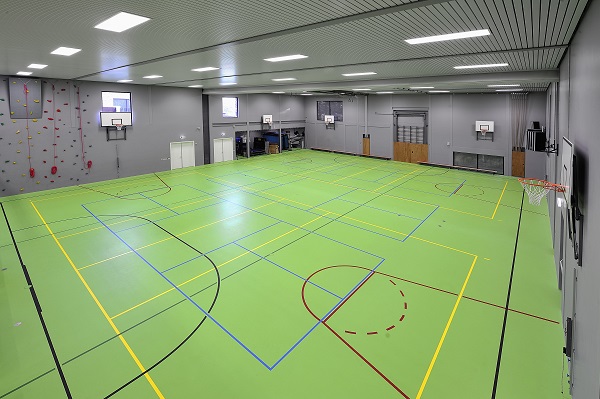
Point elastic floors are also effective shock absorbers, says Max Tombleson from Sika, makers of the Pulastic brand point elastic sports floors. “In a traditional timber gym floor, shock absorption is achieved when a large area of the floor deflects, which reduces the jarring impact. While most adults are heavy enough to cause this deflection, many school children are simply too light. Pulastic sports floors instantly absorb the shock of sudden impacts, reducing sports injuries – especially amongst younger children
Durability
How long the floor lasts will depend not only on the product you choose but of course how the floor is used. Mr Clark says a well-maintained timber sports floor can last longer than 50 years. “Our Junckers Sports systems have all be life-cycle tested to 25 years and can be hard-sanded five to six times meaning the floor will probably last longer than 50 years.”
At Jacobsen, Mr Tolhurst says vinyl flooring is extremely durable – resistant to scratches and indentation. “It is a smooth, non-porous surface so it’s easy to maintain and doesn’t require periodic polishing or buffing.”
Installation costs
It is difficult to provide a ballpark figure for the cost of installing a gym floor. Rubber and polyurethane type floors, commonly used in primary schools, can be inexpensive options, and the cost of timber floors vary widely depending on the type selected.
“What is suitable for a primary school hall is quite different to the type advised for a high school gym,” says Mr Clark. “Timber floors allow the most cost effective solutions for unlevel substrates.”
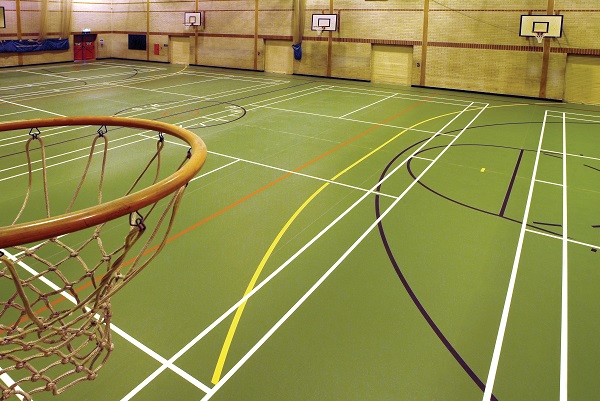
And costs will also vary depending on the amount of preparation required, says Mr Tombleson from Sika. “For vinyl installation it needs to be very level, so depending on whether it’s a new build or refurbishment the preparation cost can vary considerably,” says Jacobsen.
Some floors, for example point elastic Pulastic floors, can be laid directly over existing wood or concrete floors. No need to remove the old floor.
Important points to consider for a gym floor
- Is it purely for the school or is it for the community?
- What other events may be on it – school assembly chairs, portable stages etc
- Court line priorities
- Need for international certification or not. Inter school or national competitions
- Budget versus performance
- Timber colour for lighting. lighter colours reflect light, darker colours absorb light
- Line colour choices for sport
- Maintenance requirements
- Critical radiant flux required for fire code
- Consideration of future seating, will the floor require strengthening
Common mistakes to avoid
- Too many games lines – lack of codes sharing lines in junior schools
- Using masking tape on courts damages the surface
- Open vents on walls at ground level
- No maintenance plan

